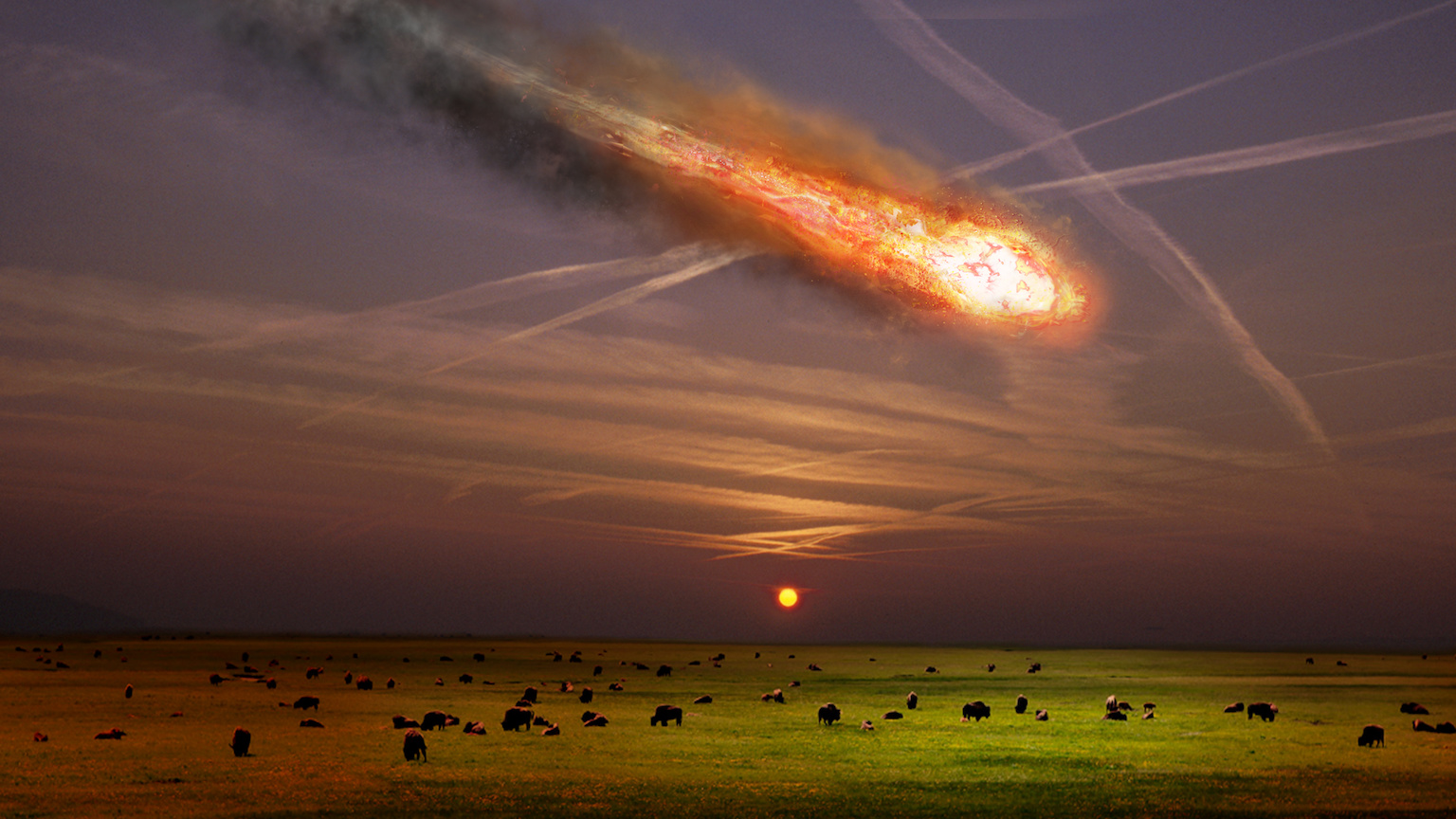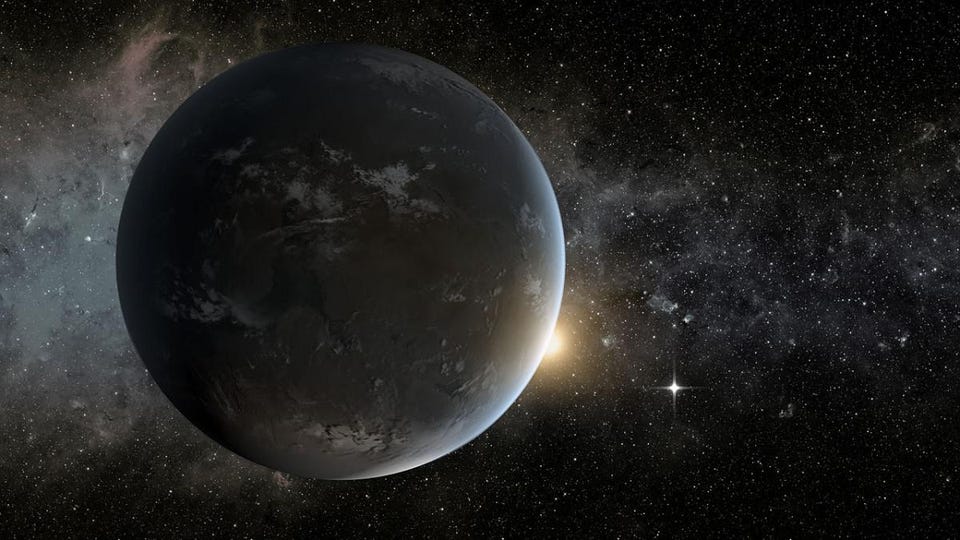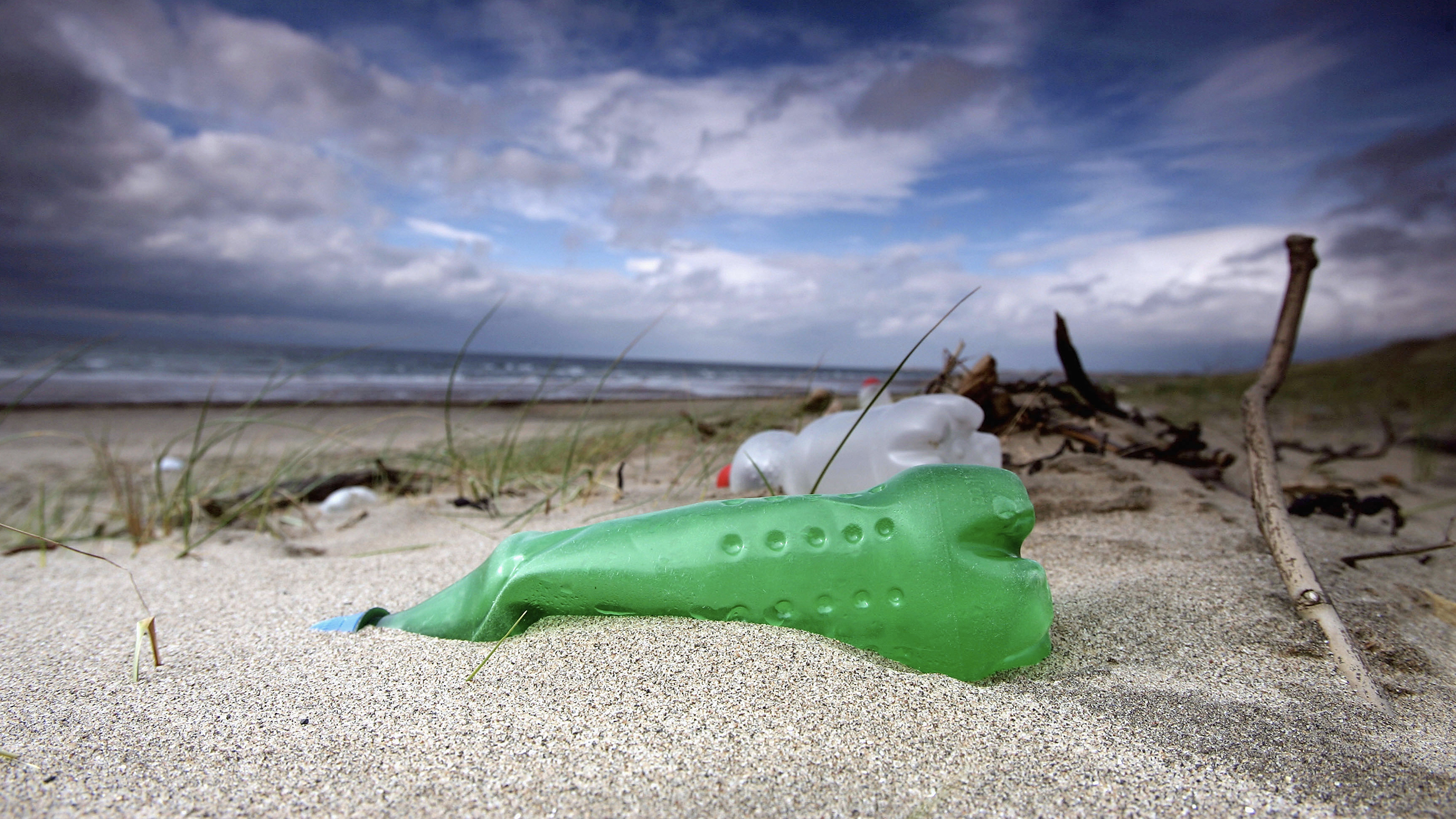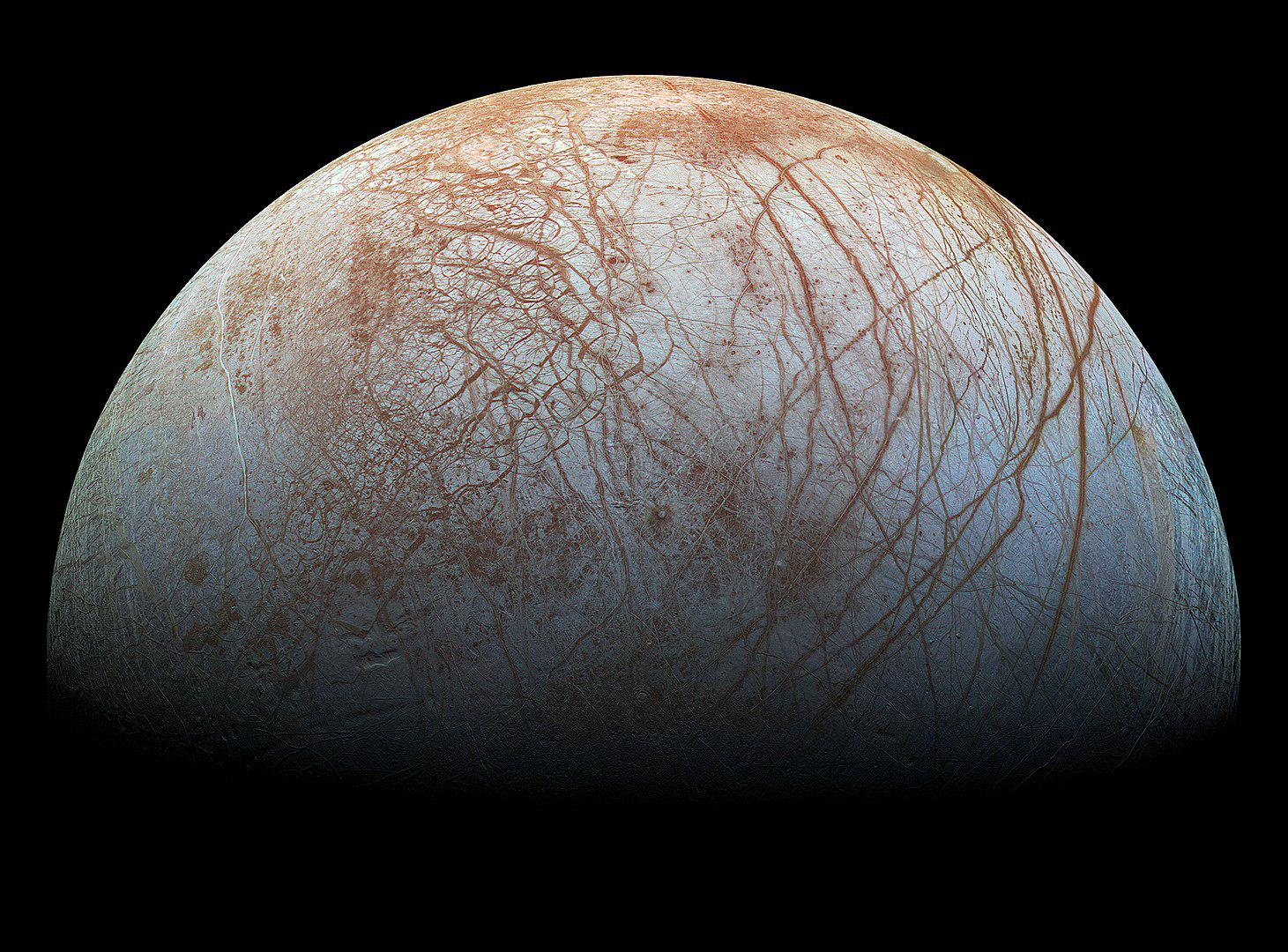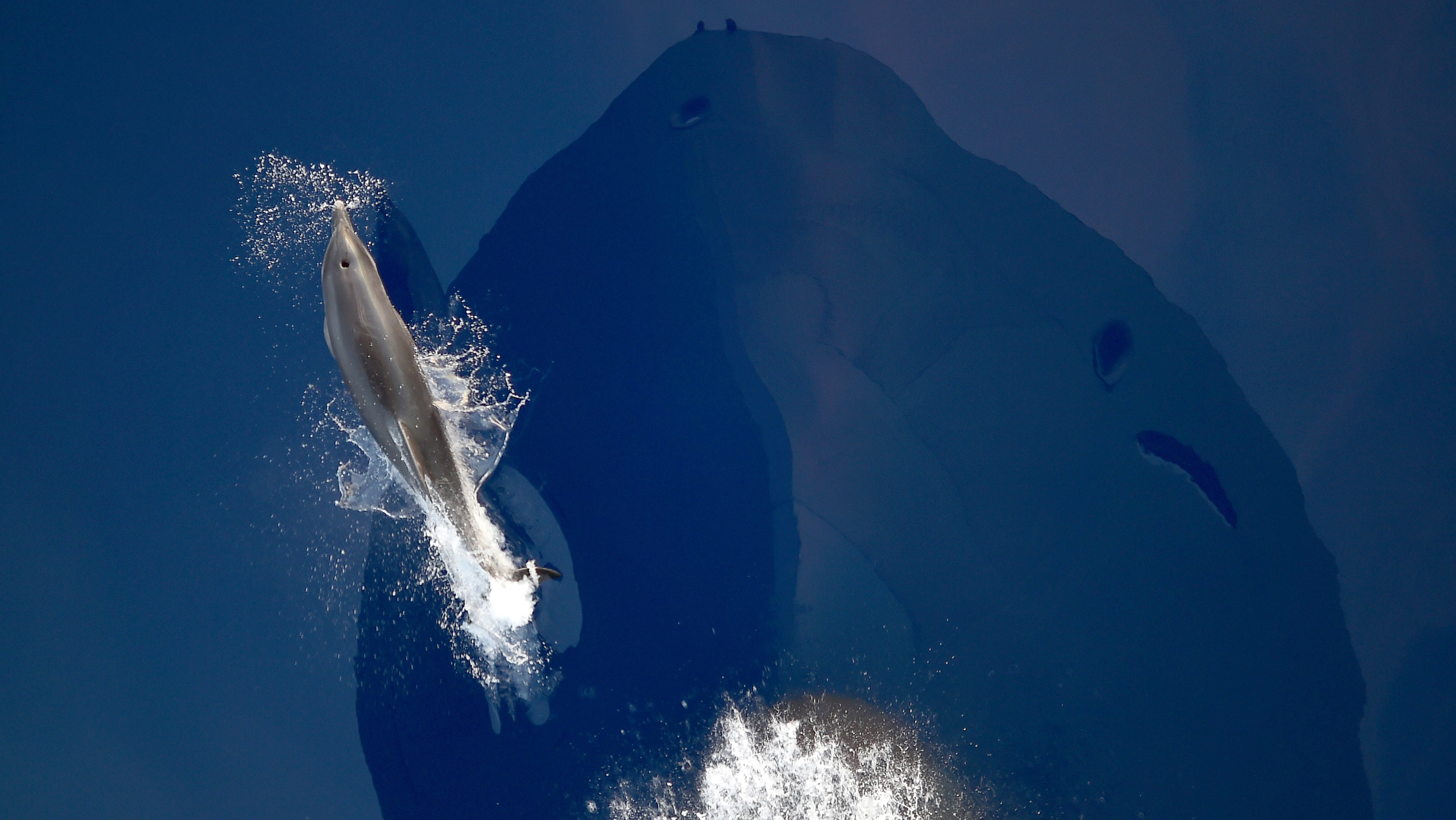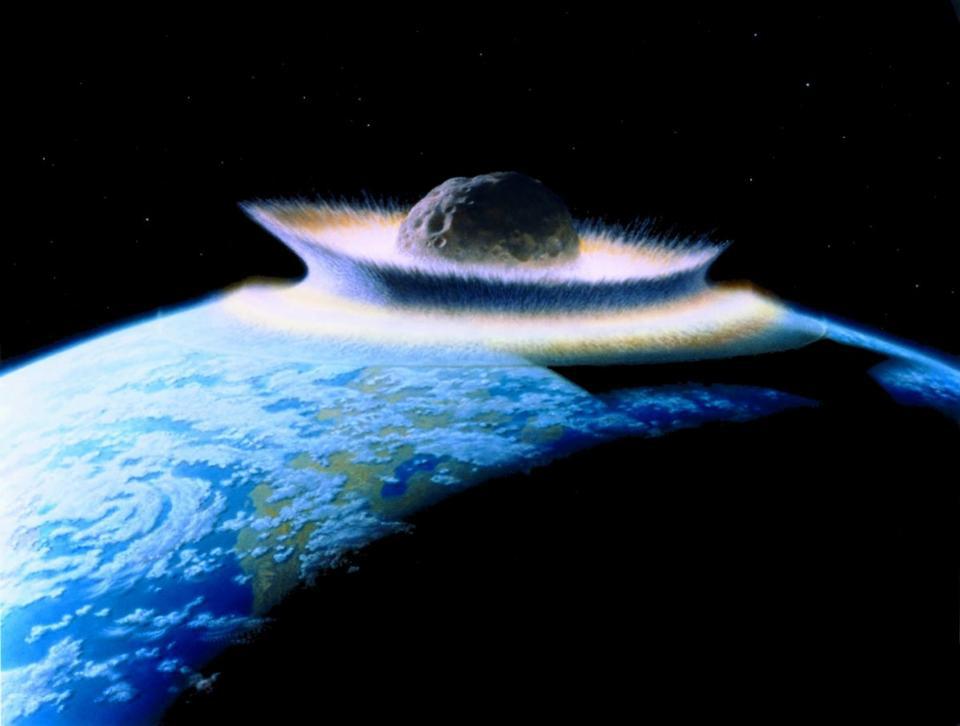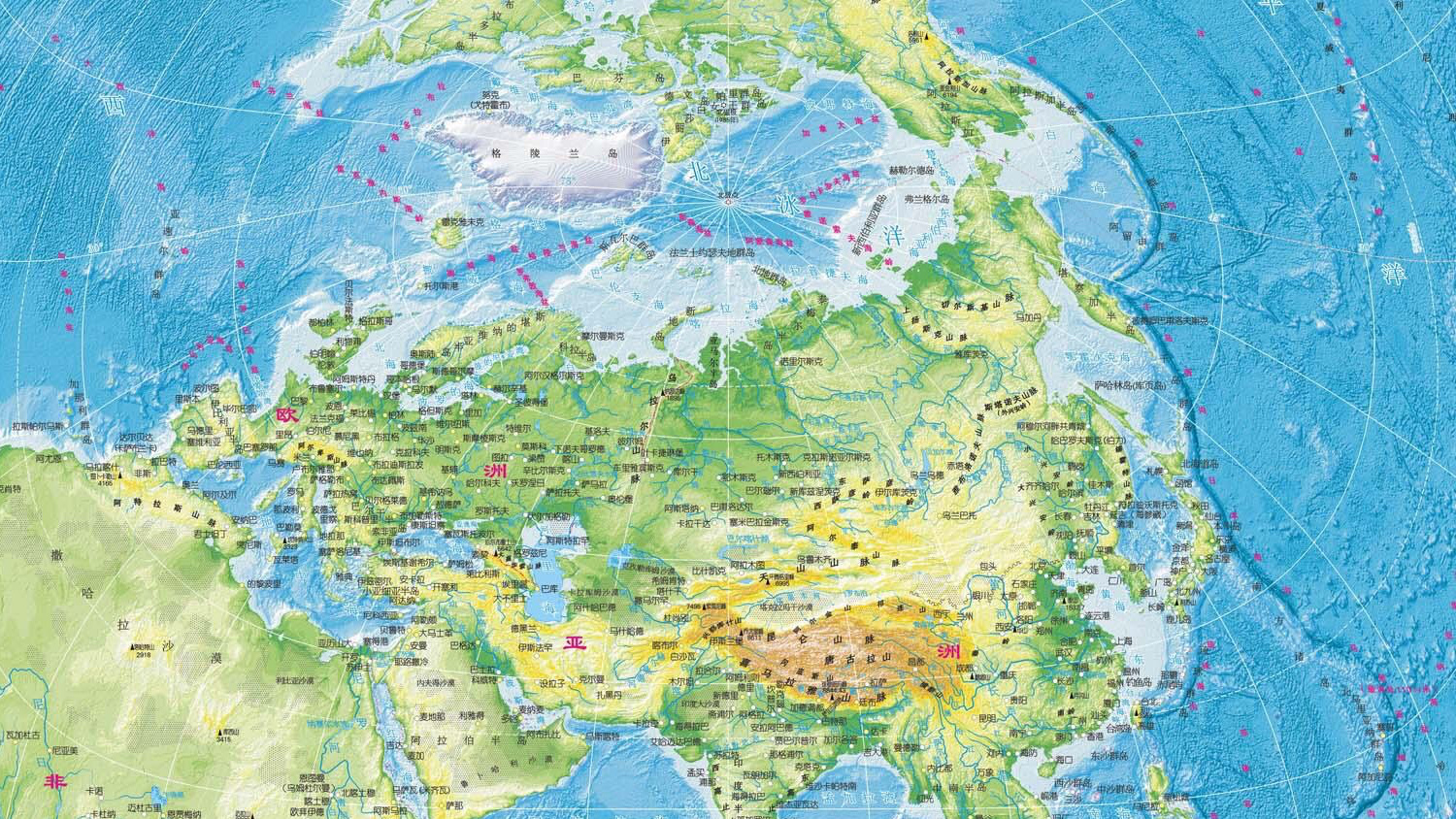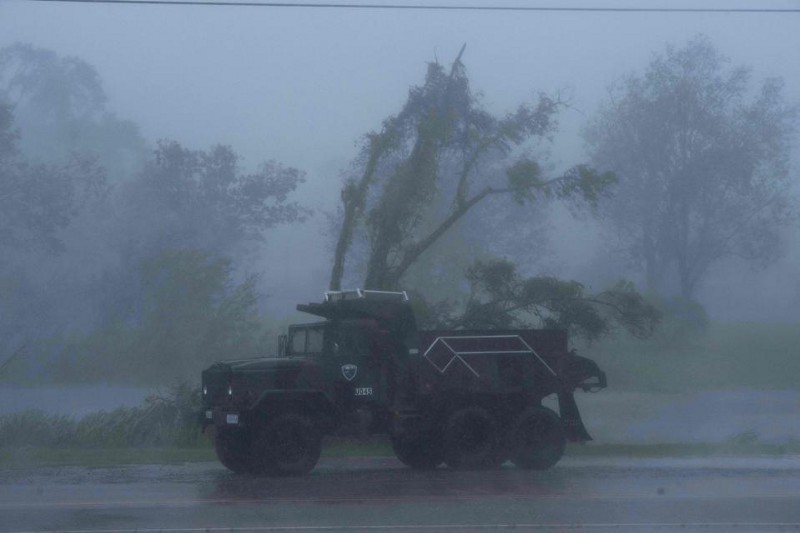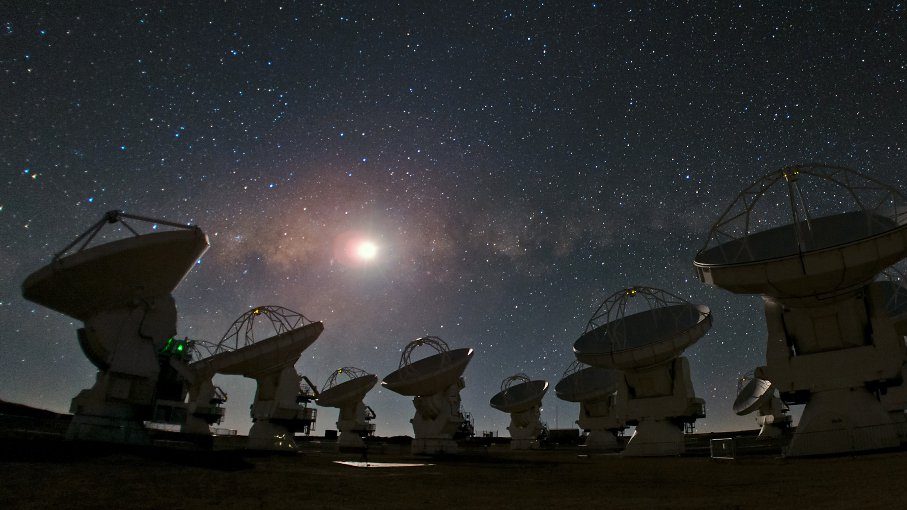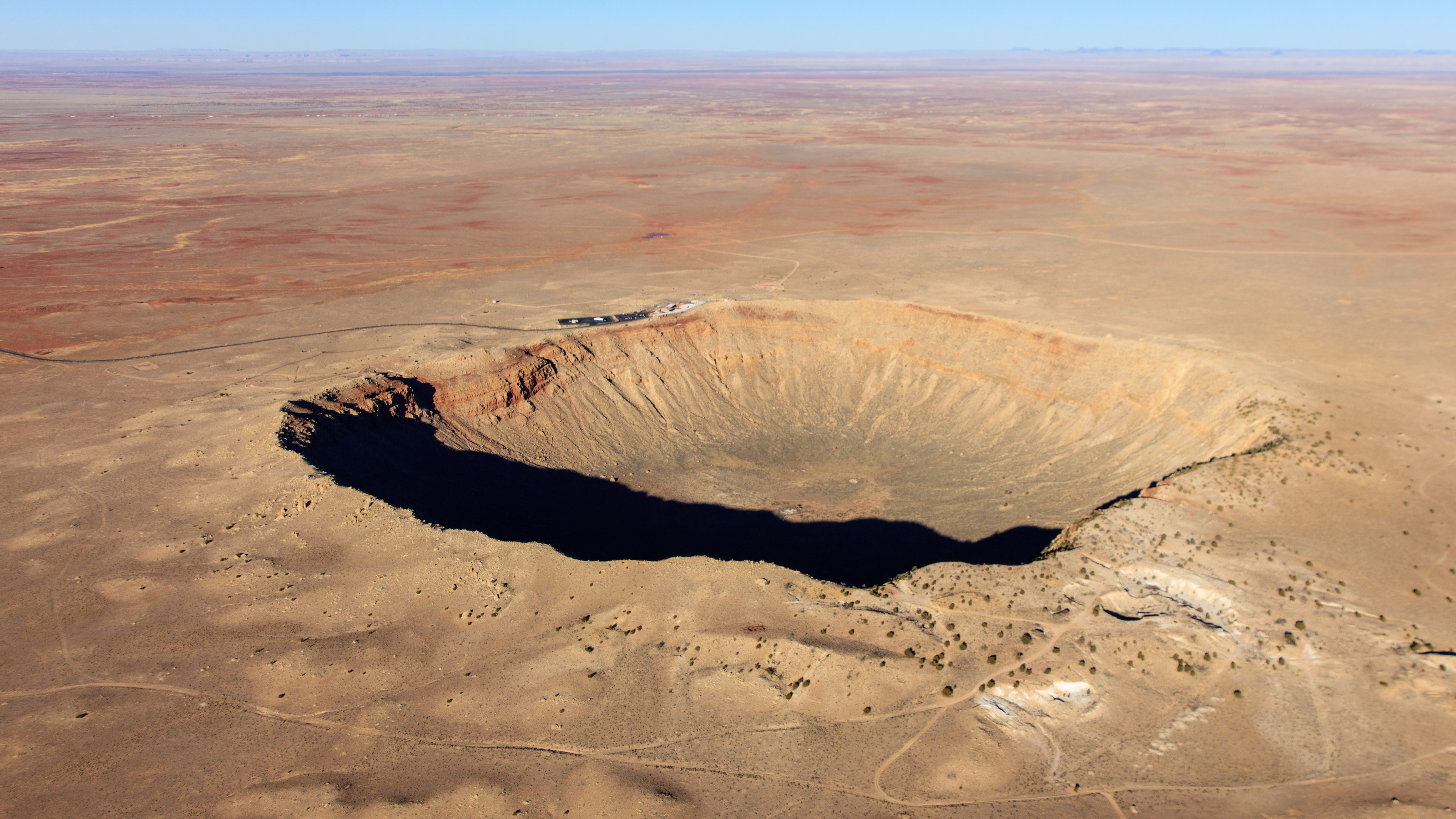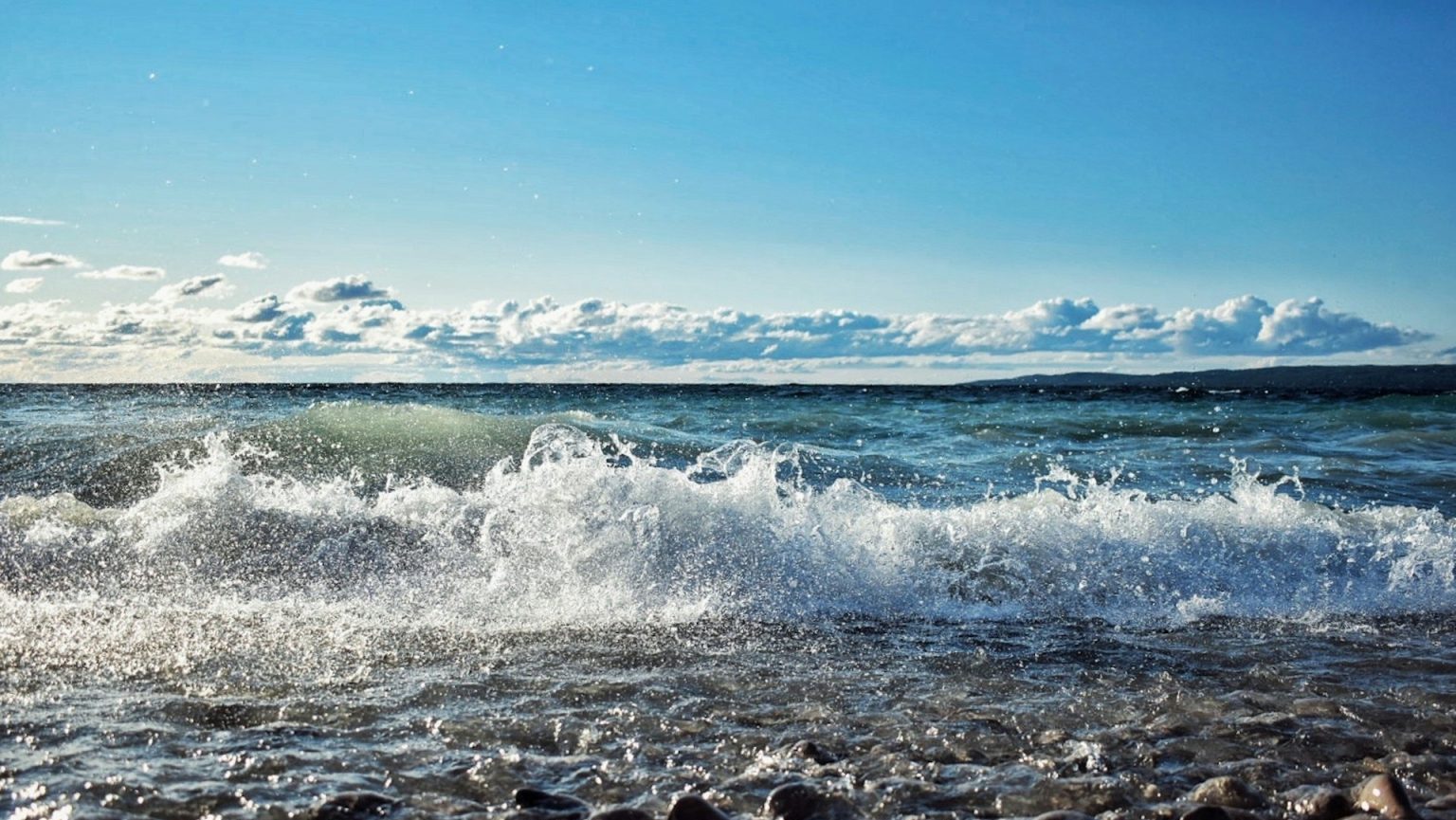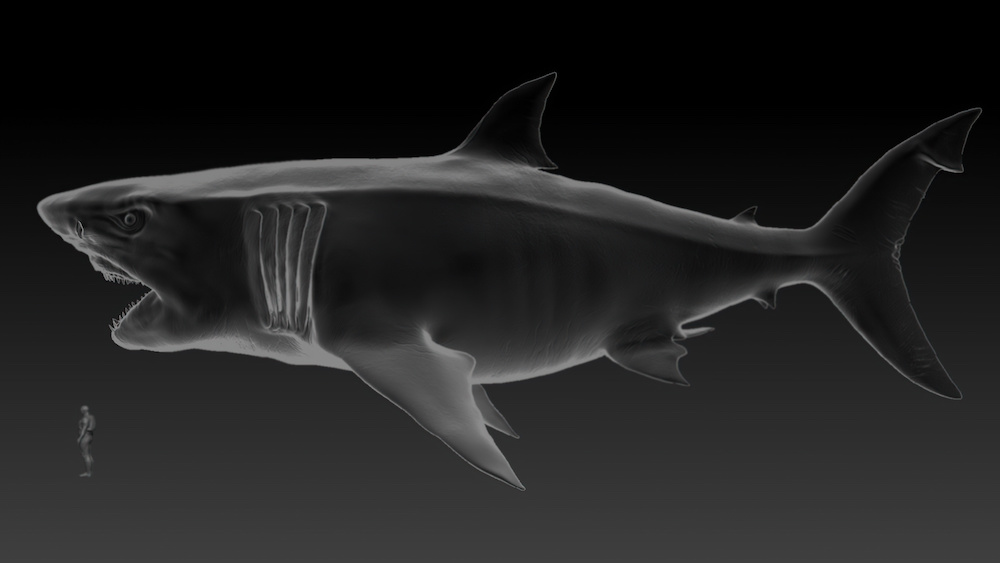Asteroid 2024 YR4, which could devastate a city’s worth of humans, has gone from 1.2% to 2.3% to 2.6% to 3.1% chances of impact. Here’s why.
Search Results
You searched for: Ocean
Seeking life beyond the Solar System, we first look to the closest star systems with Earth-like planets. Here’s why that’s not good enough.
Do the benefits of plastics outweigh the costs?
A 2020 study revived a longstanding controversy over Christopher Columbus’ claims of marauding cannibals in the Caribbean.
Even if you or I will never actually visit these distant worlds, we now know they exist. They should fill us with wonder.
To date, only one research vessel has ever encountered a milky sea.
Water is vital for life. Luckily for spacefaring humans, the solar system is full of it.
Is the vast “Khan Khentii Strictly Protected Area” the final resting place of Genghis Khan?
Ancient humans crossed the Bering Strait land bridge from Asia into North America. But some of them went back.
All across the Universe, planets come in a wide variety of sizes, masses, compositions, and temperatures. And most have rain and snow.
Imagine Flipper trained in the art of espionage.
What we’ve learning from the world’s coldest, most forbidding, and most peaceful continent.
Is science absolute? Its truths and discoveries guide us toward the nature of reality, but we must always remain open-minded to revisions.
Once water gets more than about 200 feet deep, building on the sea floor is out of the question.
The recently discovered Oort cloud comet, Bernardinelli–Bernstein, has the largest known nucleus: 119 km. Here’s what it could do to Earth.
Matt Strassler’s journey into fundamental physics culminates in a brilliant explanation of the Higgs field. Enjoy this exclusive interview.
Finding this missing piece of water’s path through the universe offers clues to how it came to be on Earth.
The knobby starfish skeleton has diamond-like properties and could inspire new designs for lightweight, highly resilient ceramics, with widespread applications in engineering and construction.
The surface and atmosphere is colored by ferric oxides. Beneath a very thin layer, mere millimeters deep in places, it’s not red anymore.
Everything acts like a wave while it propagates, but behaves like a particle whenever it interacts. The origins of this duality go way back.
On Earth, microbial growth is common in lava tubes no matter the location and climate, whether it’s ice-volcano interactions in Iceland or hot, sand-floored lava tubes in Saudi Arabia.
A vertical map might better represent a world dominated by China and determined by shipping routes across the iceless Arctic.
Research suggests that experience may matter more than innate ability when it comes to a sense of direction.
The laws of physics aren’t changing. The Earth is. When it comes to any physical science, we know that the fundamental rules governing how the Universe works remain constant with time. […]
New telescopes, radio dishes, and gravitational wave detectors are needed for next-generation science. Will the USA lead the way?
Many impact craters on Earth have been erased thanks to wind, water, and plate tectonics. But scientists have clever ways to find them.
Skilled hunters adapted to the changing landscape and left tantalizing clues to who they were.
All matter particles can act as waves, and massless light waves show particle-like behavior. Can gravitational waves also be particle-like?
The way that the ancient Megalodon adapted to water temperature has important implications for modern marine creatures.
